Market Share
Coating Pretreatment Market Share Analysis
In the fiercely competitive Coating Pretreatment Market, companies deploy a range of market share positioning strategies to differentiate themselves and gain a competitive edge. These strategies encompass product differentiation, market segmentation, environmental sustainability, strategic partnerships, research and development investment, brand positioning, cost leadership, global expansion, customer relationship management, and quality assurance.
Product Differentiation:
Customized Formulations: Companies focus on developing customized pretreatment formulations tailored for specific substrates and coating applications. Offering solutions with unique properties, such as enhanced adhesion or corrosion resistance, distinguishes products in the market. Specialized Pretreatment Processes: Introducing specialized pretreatment processes, such as nanotechnology-based or eco-friendly methods, allows companies to differentiate their offerings based on advanced technologies and environmental considerations. Market Segmentation:
Industry-Specific Solutions: Tailoring coating pretreatment solutions to meet the specific needs of industries, such as automotive, aerospace, or metal fabrication, enables companies to address the unique challenges within each sector. Industry-focused formulations cater to niche markets and establish market leadership. Geographical Targeting: Recognizing regional variations in industrial practices and environmental regulations, companies may customize pretreatment solutions to suit specific geographical markets, addressing factors like climate and local compliance standards. Environmental Sustainability:
Eco-Friendly Pretreatment Methods: The increasing emphasis on sustainable practices leads companies to develop pretreatment solutions with reduced environmental impact. Formulations that are low in hazardous substances, energy-efficient, or utilize eco-friendly processes align with green manufacturing trends. Recyclability and Waste Reduction: Promoting the recyclability of pretreatment solutions and implementing waste reduction measures contribute to sustainability goals and appeal to environmentally conscious customers. Strategic Partnerships and Alliances:
Collaboration with Coating Manufacturers: Forming strategic partnerships with coating manufacturers allows pretreatment solution suppliers to understand specific coating requirements and co-develop tailored solutions. This collaboration enhances the compatibility and effectiveness of pretreatment processes. Supply Chain Collaboration: Building strategic alliances within the supply chain, including suppliers and distributors, optimizes the production and delivery processes, ensuring timely availability of coating pretreatment solutions. Investment in Research and Development:
Innovative Pretreatment Technologies: Companies that invest significantly in research and development gain a competitive advantage by introducing innovative pretreatment technologies. Continuous innovation enables the development of solutions with enhanced efficiency, cost-effectiveness, and adaptability to different substrates. Adapting to Regulatory Changes: Staying abreast of evolving environmental regulations and compliance standards allows companies to develop pretreatment solutions that meet industry requirements and ensure continued market acceptance. Brand Positioning and Marketing:
Effective Branding: Building a strong brand presence and identity is crucial for standing out in the coating pretreatment market. Effective marketing strategies, including targeted advertising and participation in industry events, contribute to increased visibility and brand recognition. Educational Initiatives: Informative campaigns that educate manufacturers about the benefits and proper usage of specific pretreatment solutions create awareness and position a company as a knowledgeable industry leader. Cost Leadership Strategies:
Economies of Scale: Achieving economies of scale through efficient production processes allows companies to offer cost-competitive coating pretreatment solutions without compromising quality. This is particularly important for solutions used in high-volume manufacturing. Total Cost of Ownership Approach: Emphasizing the total cost of ownership for pretreatment solutions, including factors like energy consumption, waste reduction, and overall process efficiency, justifies higher upfront costs and positions products as long-term cost-effective solutions. Global Expansion Strategies:
Entering Emerging Markets: Identifying and entering emerging markets provides opportunities for growth and expansion. Tailoring pretreatment solutions to meet the unique demands of these markets ensures relevance and competitiveness. International Distribution Networks: Establishing a robust international distribution network allows companies to reach a broader customer base. Global expansion enhances the potential for increased market share. Customer Relationship Management:
Technical Support Services: Offering technical support services, including on-site assistance, training programs, and collaborative problem-solving, strengthens the relationship between companies and manufacturers. Feedback Integration: Actively seeking and incorporating customer feedback into product development and improvement processes demonstrates a commitment to meeting customer needs and expectations. Quality Assurance and Certification:
Stringent Quality Standards: Adhering to strict quality control measures and obtaining relevant certifications assures manufacturers of the reliability and performance of coating pretreatment solutions. Compliance with Industry Standards: Aligning products with industry standards and regulatory requirements builds trust among manufacturers and positions a company as a reliable and responsible supplier.

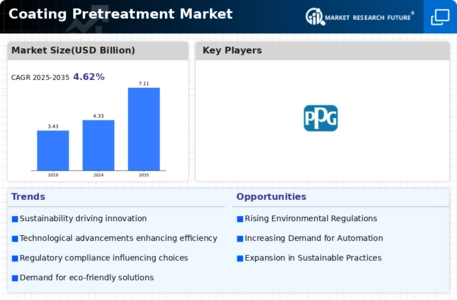
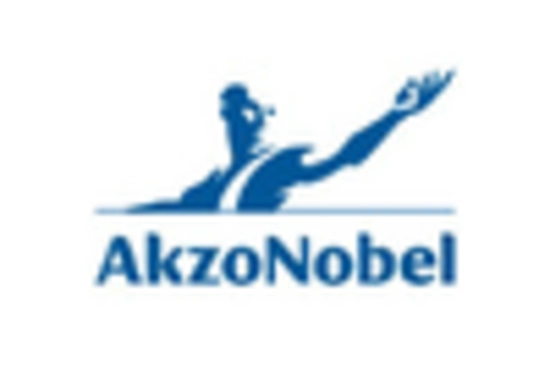

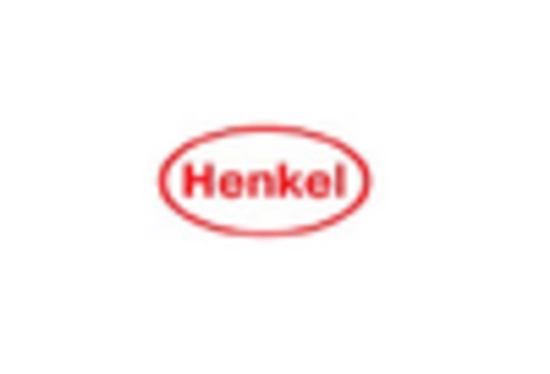
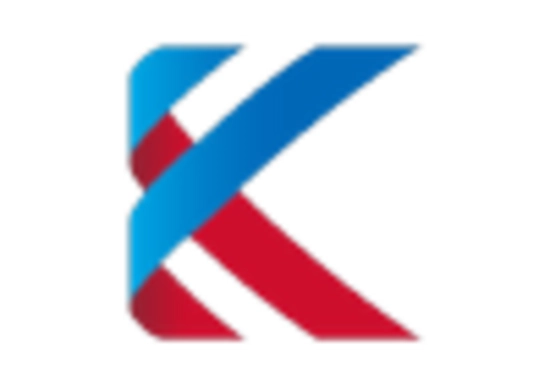

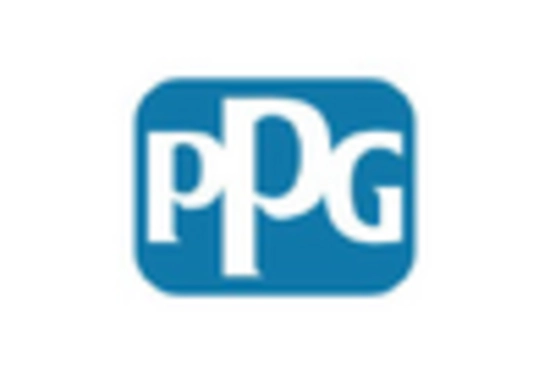









Leave a Comment